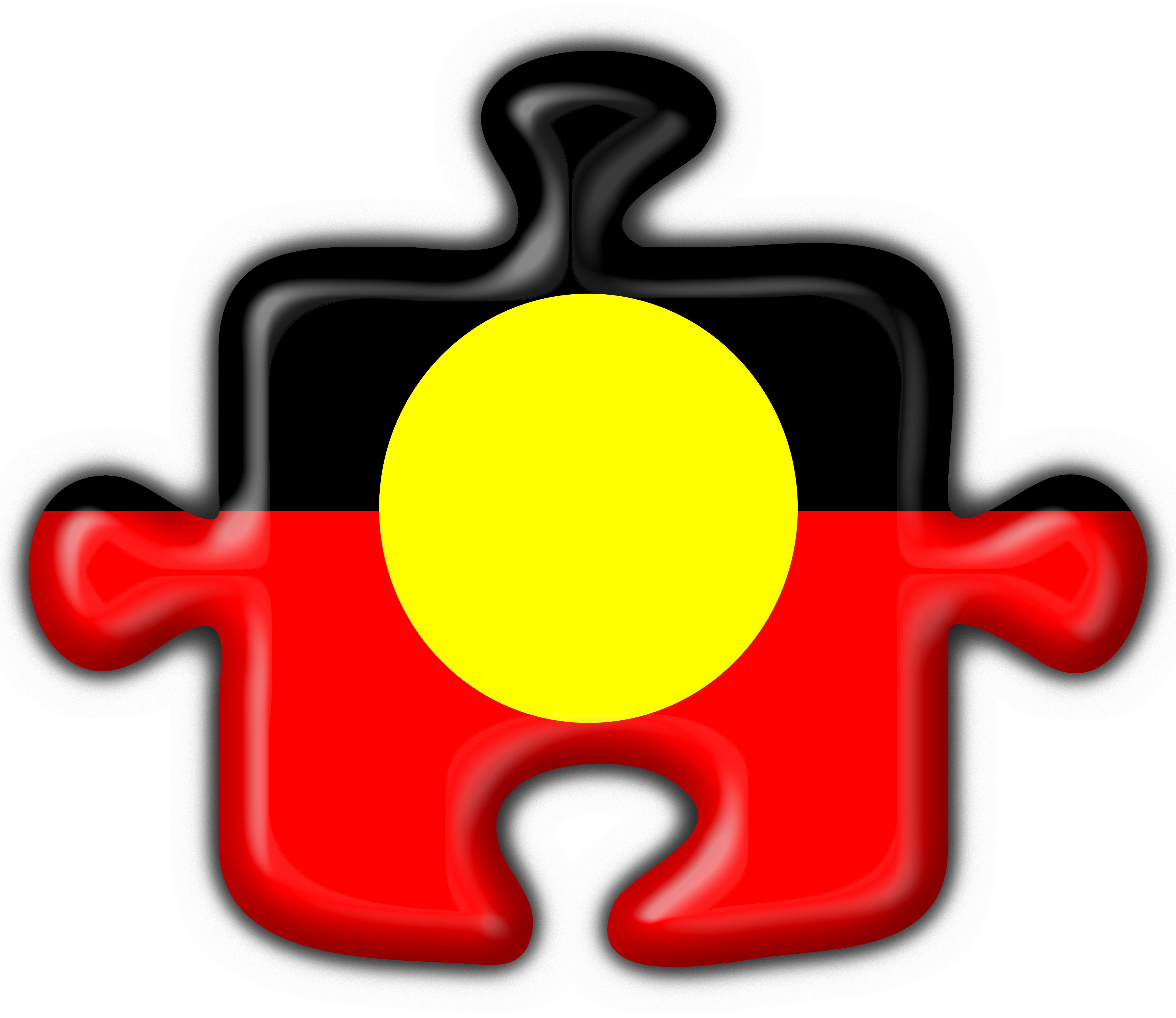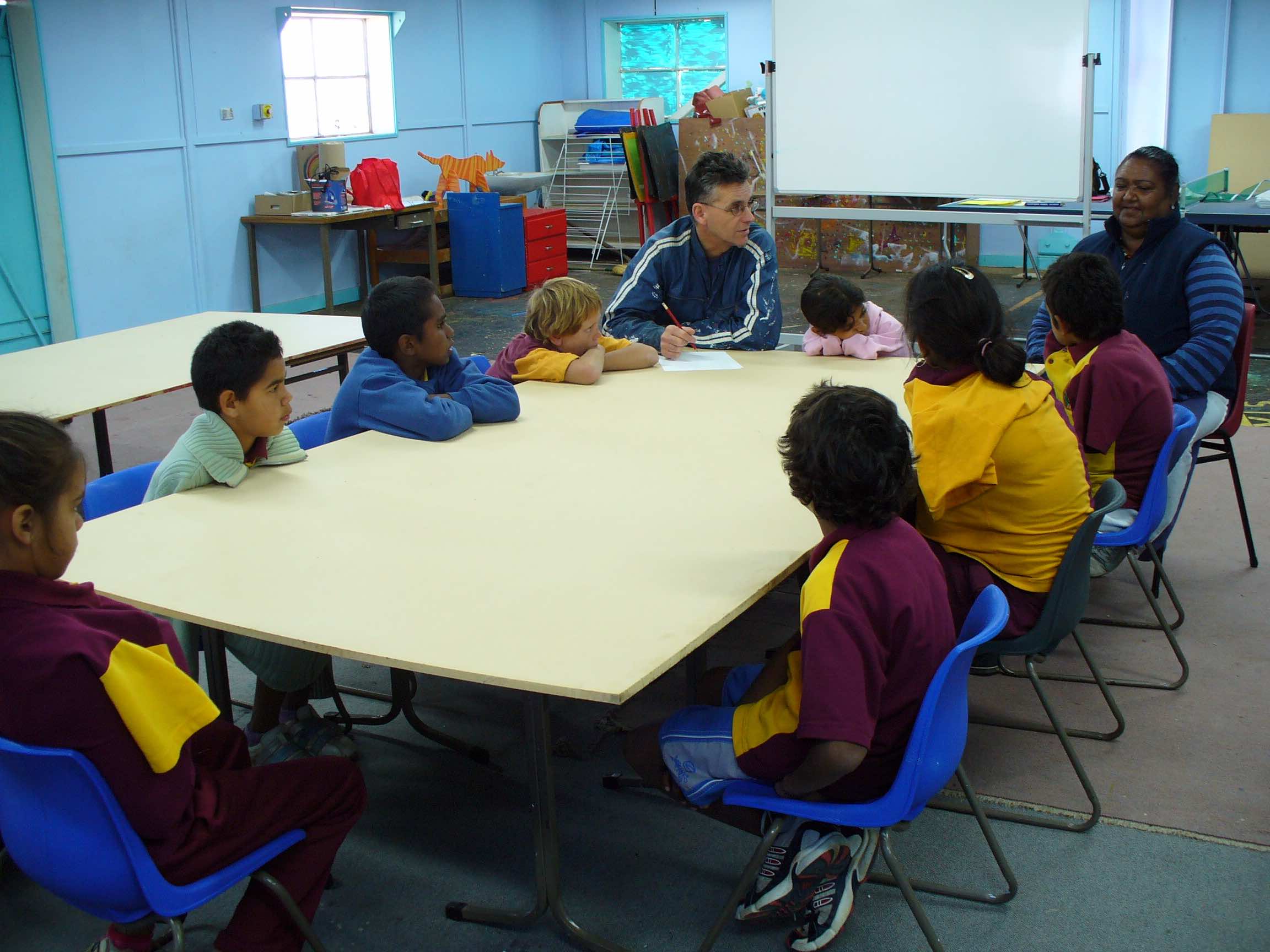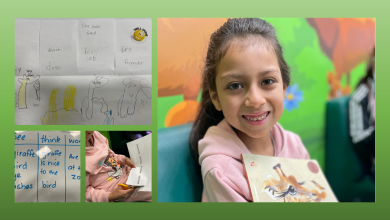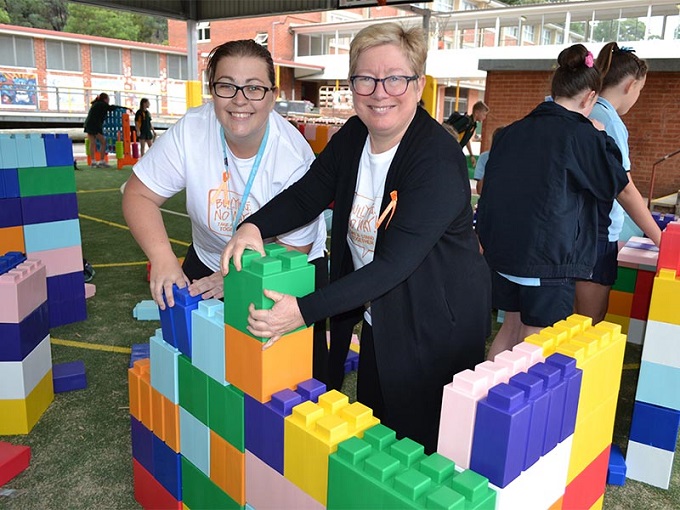
The Federal Government has announced members of the National Respectful Relationships Education Expert Working Group that will support the delivery of respectful relationships education (RRE) in schools.
The expert working group will be chaired by the Chief Executive Officer of OurWatch, Patty Kinnersly, during its first year. The group will meet for the first time next month.
Read the latest edition of School News HERE.
The group will guide national collaboration between states, territories, the non-government schooling sectors and experts to support the delivery of age-appropriate, evidenced-based and expert-developed respectful relationships school education. This is in line with Recommendation 10 of the Respect@Work: Sexual Harassment National Inquiry Report.
Minister of Education, Jason Clare, welcomed the announcement. “Teaching respectful relationships education in schools assists students build the skills, values and attitudes required to develop and maintain positive, healthy, and respectful relationships.
“This expert working group will work to ensure that age-appropriate, evidenced-based respectful relationships school education is delivered.”
Advice from the group will support the implementation of the Albanese Government’s $83.5 million Consent and Respectful Relationships Education program.
The announcement of the group is the latest measure brought forward by the government to teach RRE in schools. In 2021, the RRE program came under fire when the government released the ‘milkshake consent’ videos. Widely condemned by state education ministers, educators and experts in the field, the videos delivered confusing messages, using metaphors for sexual activity and gaining consent.
The NSW Education Minister, and Victorian Education Minister were particularly outspoken, labelling the videos “woeful” and “cringeworthy”. Following the backlash, the videos were pulled, citing “community and stakeholder feedback” as the reason.
The Australian Education Union (AEU) welcomed news of the working group. It criticised, though, the exclusion of a representative from the teaching sector.
“Improving the safety of women and children in Australia is the responsibility of all members of our community, but teachers, principals and education support personnel play a particularly important role,” AEU Federal President Correna Haythorpe said.
“However, we note with concern that the Working Group does not include representation of the teaching profession through the union.
“It is public school principals and teachers who will ultimately deliver respectful relationships school education. But, effective curriculum development can only occur if teachers are involved in the planning, implementation and evaluation of programs from the very beginning.”
Following the latest announcements, Minister for Women, Kaity Gallagher said: “The Albanese Government is committed to achieving gender equality, and we know that this starts with how young people learn to respect each other and treat each other equally.
“This important work to roll out respectful relationships education supports our efforts to drive equality across women and girls’ lives.”
The working group will guide a rapid review into existing delivery approaches of RRE in schools to identify best-practice and opportunities for improvement. They will also oversee the development of a national framework to assist schools in selecting quality external providers of RRE.
National Respectful Relationships Education Expert Working Group members include:
- Patty Kinnersly (Chair), Chief Executive Officer of OurWatch
- Professor Peter Buckskin, Aboriginal Engagement and Strategic Projects, University of South Australia
- Chanel Contos, Teach Us Consent
- Heather Clarke, National Association of Services Against Sexual Violence
- Associate Professor Michael Alan Salter, School of Social Sciences, University of New South Wales
- Dr Fiona Martin, Educational and Developmental Psychologist
- Dr BJ Newton, Social Policy Research Centre, UNSW
- Katrina Marson, Relationships & Sexuality Education Alliance ACT
The working group will also include a representative from the Australian Government, a member from each state and territory government, and representatives from the National Catholic Education Commission and Independent Schools Australia.
Education Ministers Meeting will receive regular updates on the implementation of the Consent and Respectful Relationships Education program.







